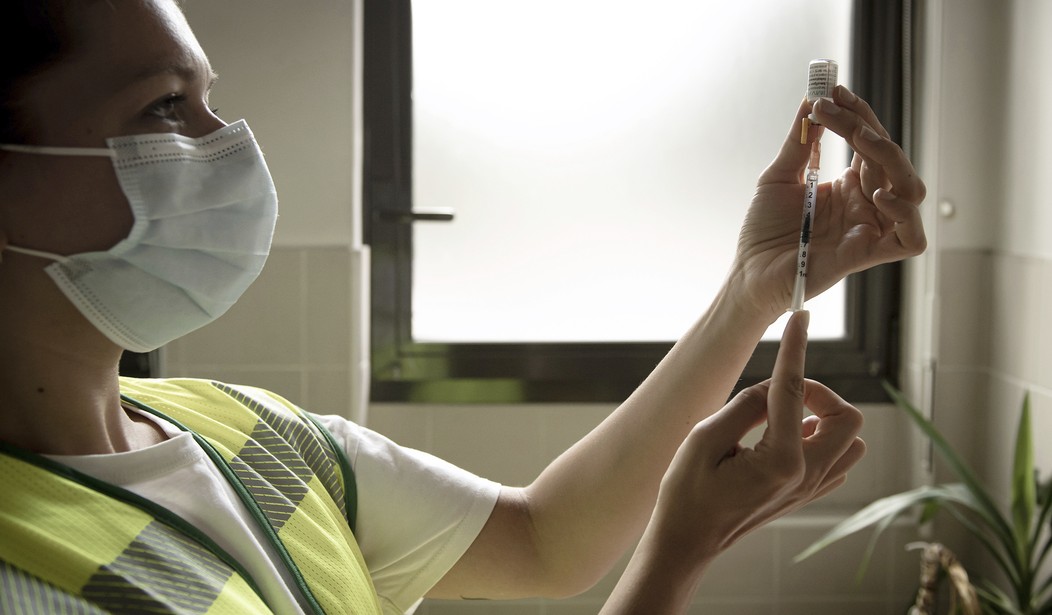Just in case you needed yet another reason not to take the Centers for Disease Control and Prevention (CDC) seriously, this story should suffice. The agency released a study on Friday recommending that people wear face masks, among other measures, to avoid catching monkeypox.
The problem? The precautions the CDC suggested do not line up with what the data shows about the spread of the illness.
This week’s Morbidity and Mortality Weekly Report (MMWR) contained research on the spread of the monkeypox virus through contaminated surfaces. The study centered on two patients who lived together and had contracted the virus.
“To assess the presence and degree of surface contamination of household objects contacted by monkeypox patients, [Utah Department of Health and Human Services (UDHHS)] swabbed objects in the home of the patients,” the report explained. “The patients identified high-contact objects and surfaces for sampling; the patients also described cleaning and disinfection activities performed within the home during their illness and locations within the home where they spent substantial amounts of time while ill.”
The study examined 30 different samples from the home and found that 21 of the surfaces showed positive real-time polymerase chain reaction (PCR) results. However, none showed the presence of a live virus.
Still, this did not prevent the CDC from trying to convince us to mask up and take other steps because monkeypox could be spread through surfaces. The researchers wrote:
“Monkeypox virus primarily spreads through close, personal, often skin-to-skin contact with the rash, scabs, lesions, body fluids, or respiratory secretions of a person with monkeypox; transmission via contaminated objects or surfaces (i.e., fomites) is also possible. Persons living in or visiting the home of someone with monkeypox should follow appropriate precautions against indirect exposure and transmission by wearing a well-fitting mask, avoiding touching possibly contaminated surfaces, maintaining appropriate hand hygiene, avoiding sharing eating utensils, clothing, bedding, or towels, and following home disinfection recommendations.”
However, other studies have clearly shown that those who become infected with the virus are predominantly men who have sexual relations with other men. In fact, the New England Journal of Medicine published a study showing that 98 percent of those infected were gay or bisexual men. Only two percent of cases did not fit into this category.
These findings suggest that masking only protects the wrong part of the body. Perhaps people should be focusing their attention a bit lower? Nevertheless, the CDC still thought it would take a shot at promoting masking again, even though it’s about as effective as filling up a pool with an eyedropper. At this point, it might be appropriate to wonder if we can ever trust the CDC again.













Join the conversation as a VIP Member